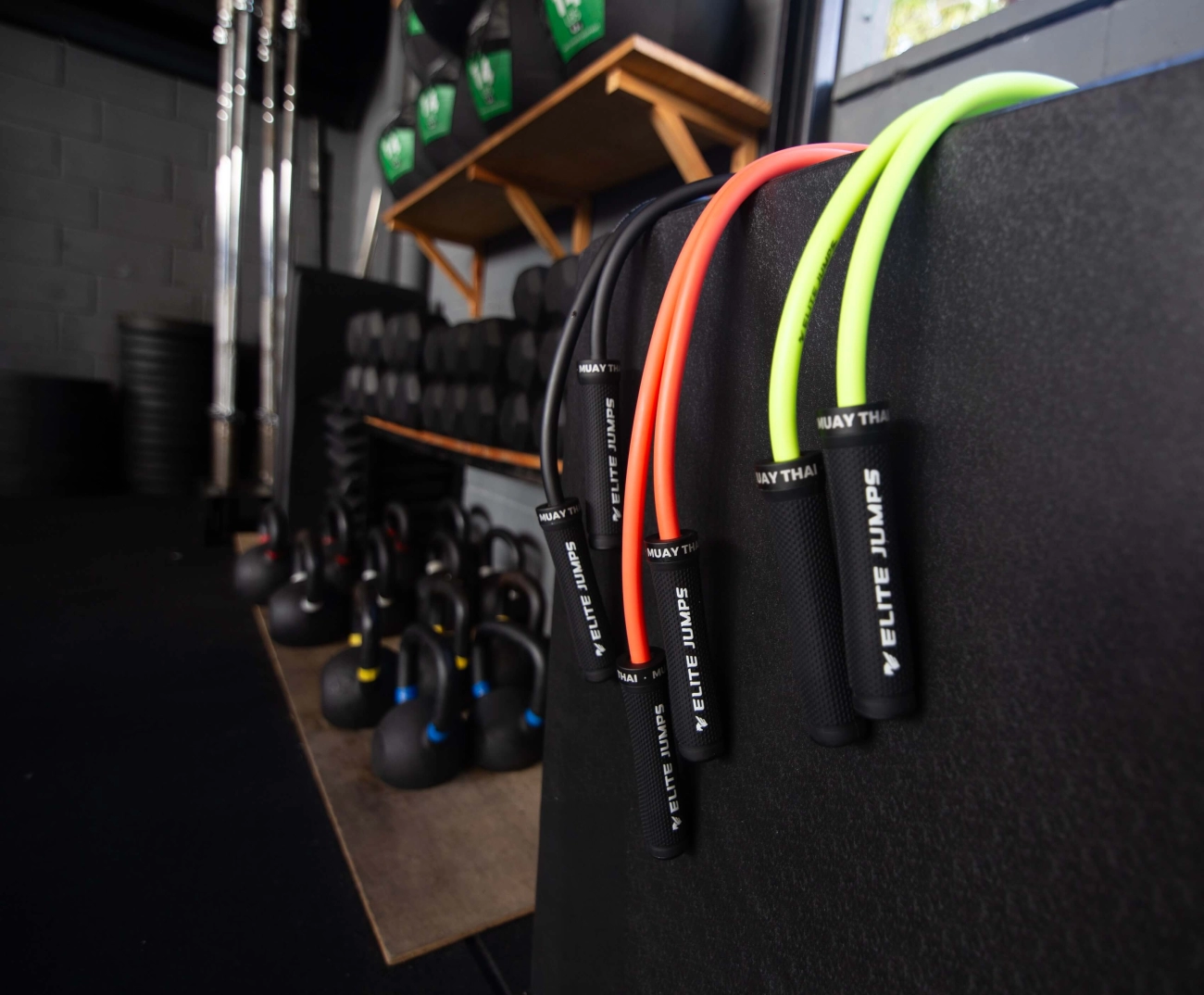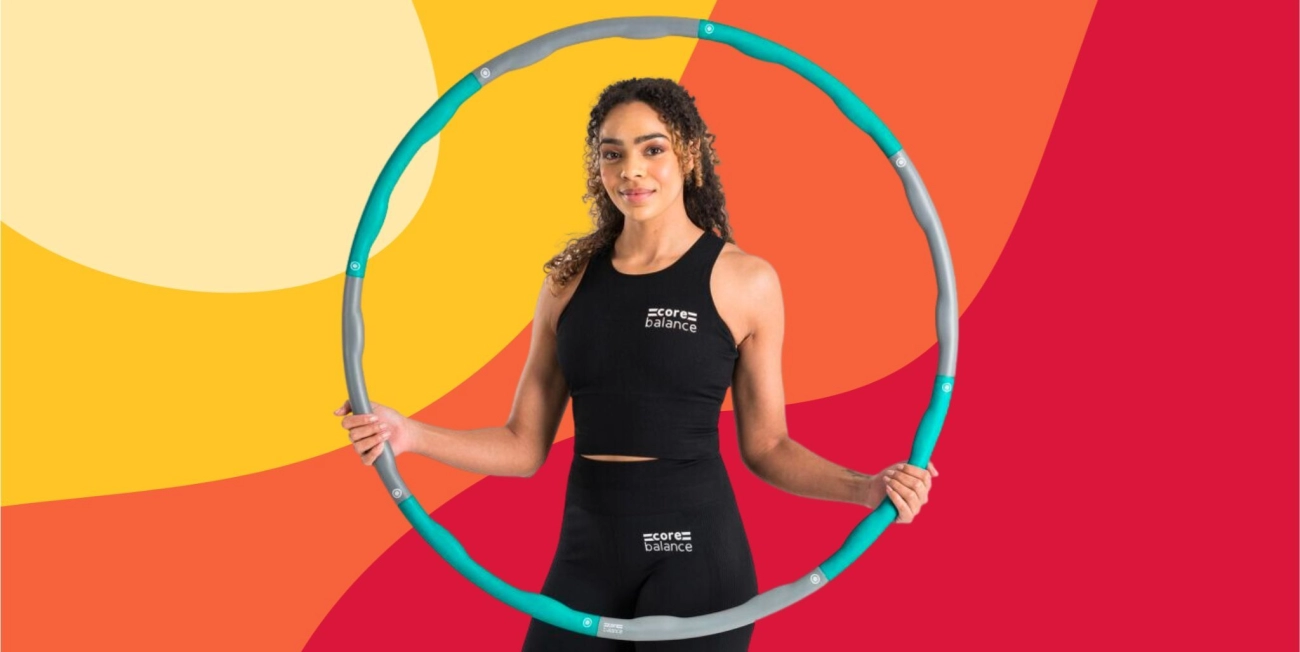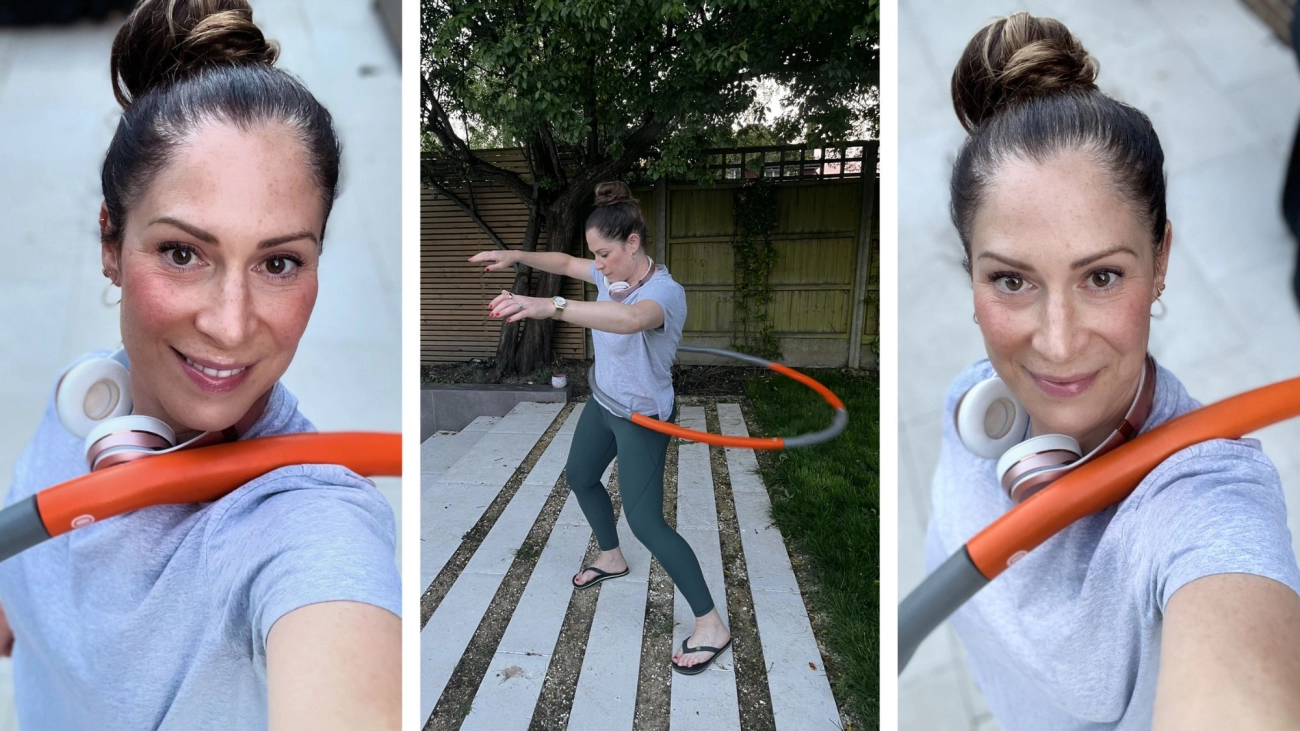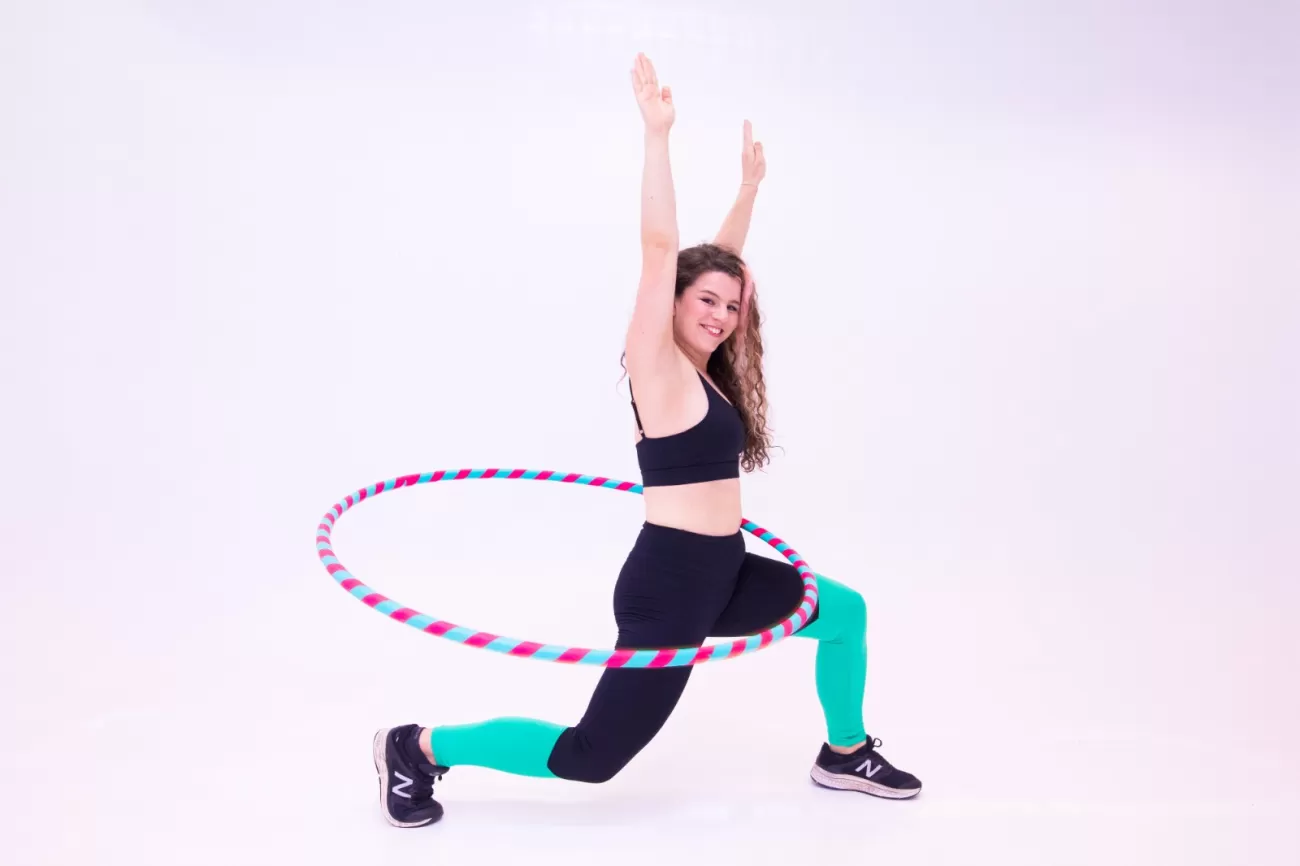Overview of Hula Hoops for Fitness and Fun
History and Background of Hula Hooping as Exercise and Entertainment
Hula hoops have been around for decades, first gaining massive popularity in the 1950s as a kids’ toy and party favorite. But they’re more than just fun—they’ve evolved into a popular fitness tool for all ages. From casual play to serious workouts, hula hooping blends entertainment with effective exercise, offering an engaging way to stay active that doesn’t feel like a chore.
Types of Hula Hoops
When choosing a hula hoop, it’s important to pick the right type to match your fitness level and goals:
- Weighted Hula Hoops: Heavier than standard hoops, these are designed specifically for fitness. They provide a more intense core workout by requiring greater control and endurance.
- Standard Fitness Hoops: Lighter and easier to maneuver, ideal for beginners or those focusing on flexibility and coordination.
- Kids Hoops: Smaller and lighter, suited for children’s size and strength with bright colors and fun designs.
Each type serves different purposes, whether you want to build core strength, improve flexibility, or burn calories through a fun cardio workout.
Key Physical Benefits of Hula Hoop Fitness Routine
Hula hooping works your body in several important ways:
- Core Strengthening: Continual hoop rotation targets your abs, obliques, and lower back muscles, building a strong midsection.
- Improved Flexibility: The circular motion promotes better hip and waist flexibility.
- Calorie Burning: Depending on intensity, hula hooping burns a solid number of calories, helping to support weight loss or maintenance.
- Better Coordination and Balance: Regular practice sharpens motor skills and body awareness.
Ideal Target Audience and Fitness Goals for Hula Hooping
Hula hoop workouts appeal to a broad range of people:
- Beginners and fitness enthusiasts looking for a low-impact yet effective form of cardio.
- People wanting core strength and toning without heavy gym equipment.
- Those seeking a fun alternative to traditional workouts that keeps motivation high.
- Kids and families, since the activity can be adjusted for all ages.
Whether your goal is weight loss, improved flexibility, or just consistent movement, hula hooping is adaptable and approachable. It’s a great choice if you want a home workout exercise that feels more like play than work.
Overview of Skipping Ropes and Their Fitness Benefits

Skipping rope has come a long way from being a simple playground activity to a powerful fitness tool embraced by athletes, trainers, and everyday fitness enthusiasts. Its evolution is marked by innovations in rope design, making workouts more efficient and enjoyable for all skill levels.
Evolution of Skipping Rope as a Fitness Tool
Originally a children’s game, skipping rope became popular as a cardio workout in boxing gyms thanks to its ability to improve footwork and endurance. Today, it’s a staple in many workout routines, valued for its portability and effectiveness, offering a full-body workout that can be done almost anywhere.
Types of Skipping Ropes
Choosing the right skipping rope depends on your fitness needs and goals. The most common types include:
- Speed Ropes: Lightweight and thin ropes designed for fast revolutions, ideal for improving agility and cardiovascular health.
- Weighted Ropes: These add resistance to increase muscle tone and strength while boosting calorie burn.
- Adjustable Ropes: Perfect for beginners or kids as they can be tailored to different heights, improving ease of use and safety.
Each type targets specific workout styles, whether it’s fast-paced cardio, strength building, or coordination training.
Key Physical Benefits of Skipping Rope Exercise
Skipping rope is one of the most efficient exercises you can do. The main benefits include:
- Improved cardiovascular health: It raises your heart rate quickly, enhancing heart and lung function.
- Enhanced coordination and balance: Timing your jumps helps develop better motor skills.
- Full body workout: Engages muscles in your legs, core, arms, and even back.
- Calorie burning: Skipping rope can burn up to 10-16 calories per minute depending on intensity.
Ideal Target Audience and Fitness Goals
Skipping ropes are a great fit for:
- Beginners looking for a low-cost, effective cardio workout.
- Athletes and boxers wanting to improve endurance and agility.
- Weight loss seekers aiming for high-calorie burn exercises.
- Kids and adults wanting fun, easy-to-learn fitness.
Whether your goal is weight loss, endurance, or overall fitness, incorporating skipping rope can bring noticeable results.
JumpRopeWholesale Product Range and Quality
As a trusted skipping rope manufacturer and supplier, JumpRopeWholesale offers a wide range of high-quality ropes designed for all fitness levels:
- Durable PVC jump ropes for beginners and everyday use
- Precision ball bearing skipping ropes for smooth rotations
- Heavy weighted ropes for strength training
- Adjustable and customizable ropes suitable for kids and adults alike
All products are built with quality materials focused on durability, comfort, and performance, ensuring you get the most out of your workout.
For more details on choosing the right rope and our product lineup, check our rubber skipping rope and ball bearing skipping rope selections.
Hula Hoop vs Skipping Rope Side by Side Comparison

When choosing between a hula hoop and a skipping rope for your fitness routine, it’s important to look at how each impacts your body and fits your lifestyle. Here’s a clear breakdown of the key factors to consider:
Calories Burned per Minute
- Skipping rope typically burns 10 to 16 calories per minute, depending on intensity and speed. It’s a high-impact cardio workout, great for rapid calorie burn.
- Hula hooping burns about 7 to 10 calories per minute, especially with a weighted hoop designed for fitness. It focuses more on continuous core movement.
If your main goal is quick calorie burn, skipping rope has the edge, but hula hooping still packs a solid punch while being lower impact.
Muscle Groups Targeted
- Hula hooping primarily targets the core muscles—abs, obliques, and lower back—while also engaging hips, glutes, and legs to keep the hoop moving.
- Skipping rope provides a full-body workout. It strengthens calves, thighs, shoulders, arms, and even your core as you maintain posture and rhythm.
So, hula hoops are great for core strengthening and flexibility, while skipping ropes offer a broader muscle workout.
Cardiovascular Benefits
- Both exercises significantly boost cardiovascular health, but skipping rope is more intense and works your heart and lungs harder in less time.
- Hula hooping offers a moderate cardio workout, great for endurance and steady heart rate improvement without the high impact.
Skill and Coordination Level Required
- Skipping rope demands more coordination and timing, especially with speed ropes or complex moves. It can be challenging for beginners but improves quickly with practice.
- Hula hooping requires a good rhythm and waist control but tends to be more approachable for people of all ages once the basics are learned.
Portability and Convenience
- A skipping rope is lightweight, compact, and easy to carry, making it perfect for workouts anywhere—from home to parks or gyms.
- Hula hoops are bulkier and less portable, though collapsible hoops help. They need more space to use safely.
Cost Considerations
- Quality skipping ropes start as low as $10 to $30, with weighted or speed ropes costing more but offering durability and better performance.
- Hula hoops vary widely, from simple plastic hoops around $10 to professional weighted fitness hoops between $30 and $60.
Both offer affordable ways to get moving, but skipping ropes generally have the edge in convenience and upfront cost.
In short, if you want a high-calorie, full-body cardio workout that’s easy to take anywhere, skipping rope is your go-to. If your focus is on core strength, flexibility, and a fun, rhythmic exercise, a hula hoop fits the bill. Many find combining both brings the best balance for fitness and variety.
Combining Hula Hoop and Skipping Rope for Maximum Fitness

Using both hula hoop and skipping rope in your fitness routine can give you a balanced, full-body workout that maximizes calorie burn and targets multiple muscle groups. Alternating between these two exercises keeps your workout dynamic, reduces boredom, and improves different aspects of fitness like coordination, endurance, and core strength.
How Alternating Enhances Overall Fitness
-
Varied Muscle Engagement
Hula hooping primarily works your core, hips, and lower back, helping to strengthen and tone these areas. Skipping rope, on the other hand, provides a full-body cardio workout that targets your legs, arms, and cardiovascular system. Switching between them balances muscle use and prevents overuse injuries.
-
Improved Cardiovascular Health and Endurance
Both exercises improve heart health, but skipping rope is especially effective for intense cardio bursts. Adding hula hooping in between helps maintain your heart rate while working on balance and flexibility.
-
Enhanced Coordination and Skill Development
Each workout demands coordination but in different ways. Hula hooping improves rhythm and core control, while skipping rope enhances timing and footwork. Alternating helps build overall body coordination.
-
Better Calorie Burn and Fat Loss
Together, these exercises increase overall calorie burn. Skipping rope burns calories quickly with high intensity, while hula hooping maintains activity for a longer, steady fat burn.
Sample Hula Hoop and Skipping Rope Workout Routine
Here’s a simple beginner-friendly routine that combines both:
- 3 minutes of hula hooping (focus on steady, rhythmic movement)
- 1-minute rest
- 2 minutes of skipping rope (steady pace or alternating jumps)
- 1-minute rest
- Repeat the cycle 3 times
- Finish with 3 minutes of light stretching focusing on core and legs
This structure pushes your endurance and muscular control while giving you short breaks to recover.
Tips for Beginners Transitioning Between Hula Hoop and Skipping Rope
-
Start Slow
Practice each exercise individually first to build confidence and proper form before attempting to combine them.
-
Use Proper Equipment
Choose a weighted hula hoop designed for fitness and a skipping rope that suits your height and skill level (adjustable ropes are great for beginners).
-
Focus on Consistency Over Speed
It’s better to keep a steady pace than to rush and lose form.
-
Listen to Your Body
Alternate intensity levels—if skipping feels too intense after hula hooping, slow down or take longer breaks.
-
Set Realistic Goals
Aim for short sessions (10–15 minutes) when starting and gradually build up endurance.
Combining these two is a great way to keep your workouts fresh and effective. Using both tools regularly can lead to better fitness results, helping you get stronger, more agile, and leaner.
Buying Guide Choosing the Right Skipping Rope and Hula Hoop
When it comes to picking the right skipping rope and hula hoop, focusing on the right features can make a big difference in your workout routine. Here’s what you need to keep in mind to get the most out of your purchase.
Important Factors to Consider
Size
- Hula Hoop: Choose a hoop that fits your height. The general rule: when standing the hoop vertically, it should reach between your waist and chest. Bigger hoops spin slower, making them easier for beginners. Smaller hoops offer a more intense workout.
- Skipping Rope: Rope length must match your height. When you stand on the middle of the rope, the handles should touch your armpits.
Weight
- Hula Hoop: Weighted hoops (1 to 3 pounds) provide better core strengthening and calorie burn than lightweight hoops made for kids or casual use.
- Skipping Rope: Weighted ropes add resistance and strength training. If your goal includes cardio only, a lighter speed rope is your best bet.
Material
- Hula Hoop: Look for durable plastic with smooth finishes to avoid skin irritation. Kids’ hoops often have beads or padding for comfort.
- Skipping Rope: Materials range from PVC (light and fast), beaded ropes (durable, good for beginners), to leather or steel cables (professional use). Select based on where you’ll exercise (indoor/outdoor) and your skill level.
Adjustability
- For skipping ropes, adjustable length is key—especially if multiple people will use it or you’re still figuring out your ideal length.
- Hula hoops rarely have size adjustability, but folding or collapsible hoops can offer portability without losing functionality.
Why Quality Matters for Skipping Ropes
Investing in a high-quality skipping rope pays off in performance and durability. At JumpRopeWholesale, we provide a wide range of premium skipping ropes tailored to different needs—whether you want speed ropes for cardio or weighted ropes for strength. Quality ropes reduce tangling, offer smooth rotation, and last longer even with daily use. This reliability helps you stay consistent with your cardio workouts with skipping rope.
Maintenance and Durability Tips
- For Both: Store your hula hoop and skipping rope in a dry place away from direct sunlight to prevent cracking and fading.
- Hula Hoop: Wipe down after use, especially if sweat builds up; inspect for any cracks or damage regularly.
- Skipping Rope: Check the rope and handles for wear and tear. Replace cables or beads if they start fraying or breaking. For PVC and beaded ropes, occasional cleaning with mild soap keeps them flexible and smooth.
Choosing the right hula hoop and skipping rope comes down to matching size, weight, material, and adjustability to your personal fitness goals. Opting for quality products like those from JumpRopeWholesale ensures durability and a better workout experience, helping you stick to your fitness routine with confidence.
Frequently Asked Questions About Hula Hoop and Skipping Rope
Can Hula Hooping and Skipping Rope Help With Weight Loss
Yes, both hula hooping and skipping rope are effective tools for weight loss. They boost calorie burning and improve cardiovascular fitness, which helps burn fat over time.
- Skipping rope can burn around 10-16 calories per minute depending on intensity.
- Hula hooping, especially with weighted hoops, targets your core and burns calories while toning muscles.
Combining these two exercises in your home workout routine can speed up fat loss and make workouts more fun.
Which is Better for Kids Skipping Rope or Hula Hoop
Both skipping rope and hula hoop make great activities for kids, promoting coordination, balance, and physical fitness. However:
- Hula hooping is easier for younger kids because it focuses on gentle, rhythmic movement.
- Skipping rope requires timing and coordination, which might be better suited for older children who have more developed motor skills.
Parents should choose based on the child’s age, skill, and preference, ensuring safety with proper-sized equipment.
How Long Should Beginners Skip or Hoop Daily
For beginners, it’s best to start slow and build up endurance:
- Start with 5 to 10 minutes per day for either skipping or hula hooping.
- Gradually increase to 20-30 minutes as your fitness improves.
- Break workouts into short sessions if needed, like two 10-minute intervals.
Consistency is key. Regular sessions even at low duration create lasting fitness benefits.
Are Hula Hoop and Skipping Rope Safe for All Ages
Generally, both exercises are safe for most age groups when performed correctly:
- Choose the right size and weight of the hula hoop or rope for your age and fitness level.
- Use proper form to prevent strain or injury.
- People with joint issues or certain medical conditions should consult a doctor before starting.
These exercises are low-impact and adaptable, which is why they’re favorite choices for fun and effective cardio workouts for all generations.
For those looking for quality equipment, we offer a wide range of weighted hula hoops and adjustable skipping ropes designed for durability and performance that fit every fitness level—perfect for your next workout session.



